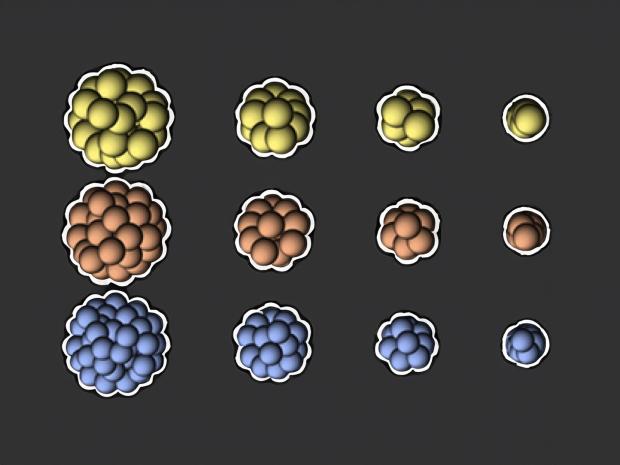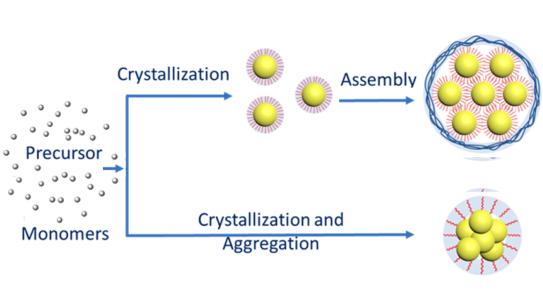The Invisible Hand: Opportunities for Giant Susceptibility Nanomaterials in Biomedical Engineering

Speaker:
Vicki Colvin, Ph.D.
Vernon K. Krieble Professor, Dept. of Chemistry & Molecular Pharmacology
Director, Center for Biomedical Engineering, Brown University
Abstract:
Magnetic fields can penetrate deep into the human body and image, move, and heat tissue containing magnetic nanoparticles. Conventional materials require extremely large magnetic fields for applications and this requirement severely limits how they can be used. Here we show how organized aggregates of superparamagnetic particles can be optimized to respond field strengths only a few times higher than the earth’s magnetic field. As a result, their initial magnetic susceptibilities in liquids are several hundred times larger than conventional nanomaterials which opens up new ways of applying external magnetic fields – for example with portable, battery-operated devices. We apply iron oxide clusters in rodents to eradicate tumors using clinically safe applied fields for the first time as well as demonstrate in the brain how they can be tailored to manipulate neural circuits in fruit flies. Both magnetic resonance imaging (MRI) as well as magnetic particle imaging (MPI) can also benefit from the application of higher susceptibility materials. The talk will conclude with a consideration of safety and toxicity of nanomaterials and how they can be more rapidly advanced into clinical applications.
Prof. Colvin received her BS degree in chemistry and physics from Stanford in 1988 and her PhD from the University of California, Berkeley in 1994. Before becoming the Director of the Center for Biomedical Engineering, Dr. Colvin served as the University’s Provost from July 2015 through July 2016. She moved to Brown from Rice University where she was a professor of chemistry, the Vice Provost of Research, and director of Rice’s Center for Biological and Environmental Nanotechnology. She has published over 200 peer-reviewed papers, holds seven patents, and is a fellow of AIMBE and AAAS. She has been named a Sloan Founda-tion Fellow, a Chemistry of Mate-rials Highly Cited Researcher, and currently serves as an associate editor for the ACS journal Nano Letters.


